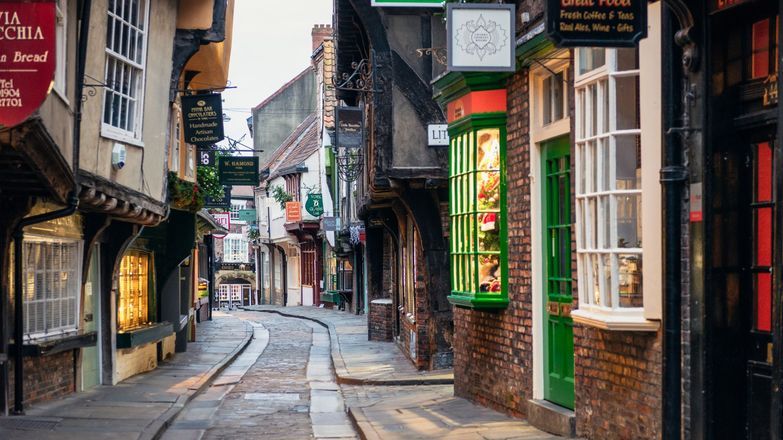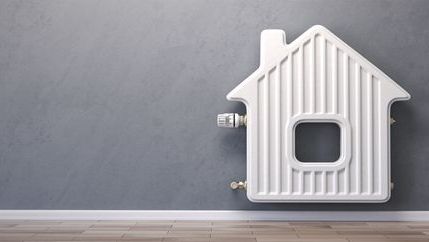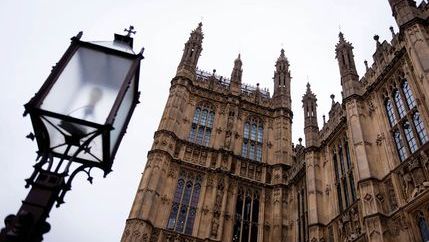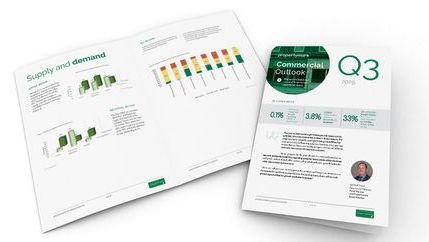
The most sustainable building is often the one that already exists, but retrofitting these properties can be more challenging and costly. Specific skills and materials are required, as well as additional permissions in some cases. The UK has the oldest building stock in Europe, with 5.9 million buildings built more than 100 years ago and a further 4.3 million over 80 years old.
It is important to make sure that historic buildings are adapted appropriately, with the right design based on the construction and use of the building, and to implement the most cost and energy-efficient approaches.
Following a review published in January 2024, the UK Government has committed to explore how retrofit funding programmes can support complex-to-decarbonise homes and historic buildings.
Commercial property is a significant challenge
Approximately 70% of the UK’s non-residential building stock was constructed before 2000, and within that are around 600,000 commercial properties dating from before 1919. This diverse and historic collection of property means there are particular technical challenges with standardisation, making a nuanced approach vital.
The complexity of large non-domestic buildings, and the sheer size of teams needed to assess and upgrade them, has left the UK significantly behind the progress needed on reducing building emissions if energy and carbon targets are to be achieved. Three-quarters of commercial floor space in England is rated EPC C or lower and will need to undergo some form of retrofit to meet the 2030 EPC B target currently proposed by the UK Government.
Demand for future-proofed spaces
Sustainable space is in demand, as occupiers move towards net zero commitments and investors respond to regulation, and market expectations, and aim to avoid stranded assets. Collaboration across the sector is key to driving towards this common purpose.
In Propertymark’s Commercial Outlook survey in November 2023, 25% of agents reported that EPC ratings now materially affect lease renewal negotiations, whilst separate research has found that 74% of organisations will pay a premium for leasing a building with leading sustainability or green credentials.
Guidance for homeowners
Many pre-1019 buildings, whether listed or not, already have features that have good energy efficiency, such as thatched roofs, thick walls that retain heat and windows that are placed to maximise daylight and minimise heat loss. Therefore, owners should consider targeted measures that are designed to work with the fabric of the existing building.
54% of owners and occupiers of listed buildings have struggled to find reliable guidance on retrofitting for their property, leaving many uncertain about what they can do and whether they need permission or consent from their local planning authority to do it.
In response, a free, UK Government-funded advice line has been set up to offer advice and information on a diverse range of topics, from controlling dampness to repointing mortar joints and upgrading energy efficiency. The advisors can also suggest the names of professionals, contractors and specialists.







